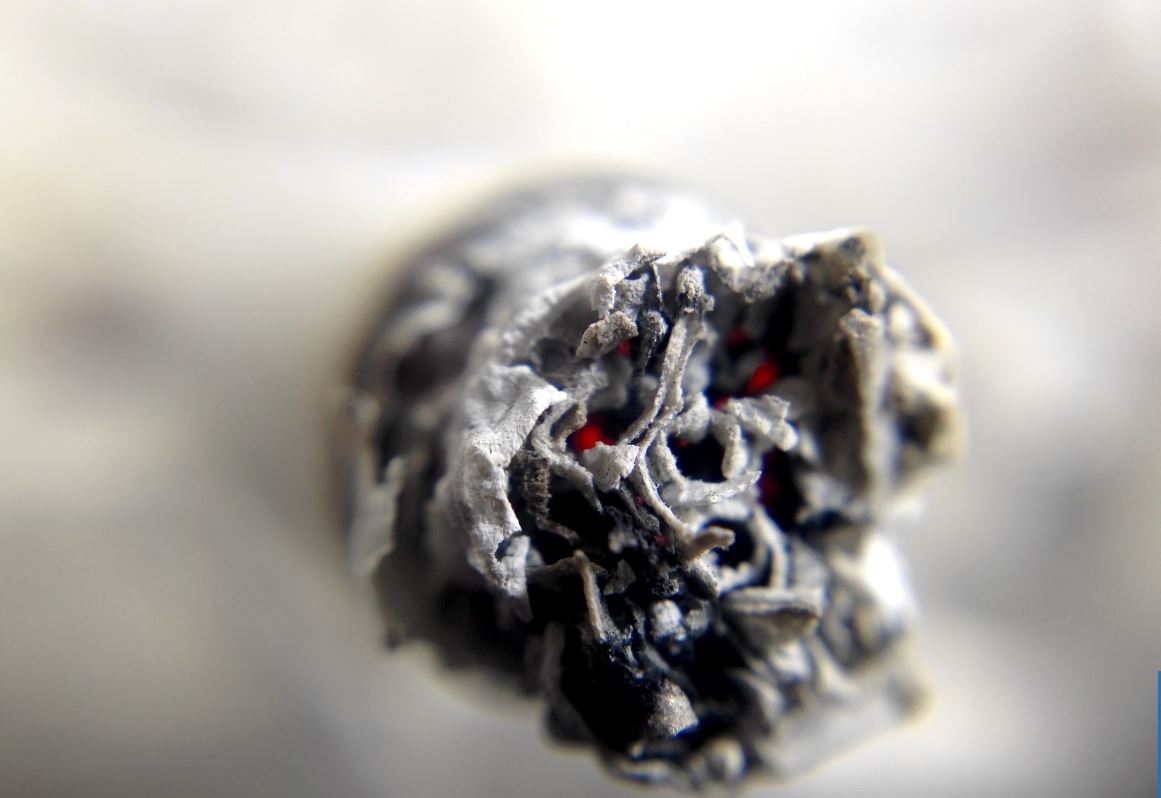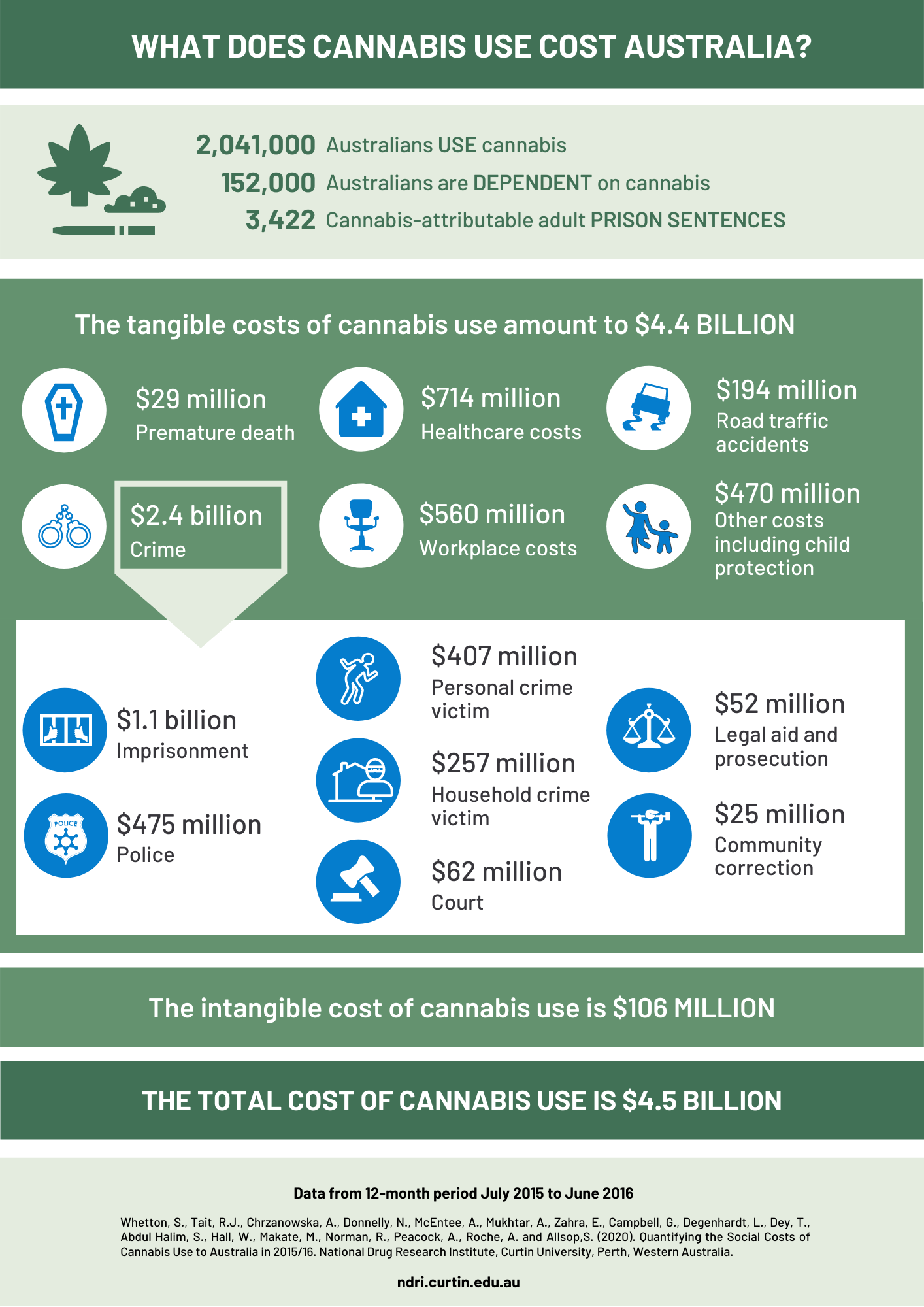
The use of cannabis is costing Australia $4.5 billion a year, mainly in the criminal justice system, according to a new report from drug and alcohol researchers.
The National Drug Research Institute (NDRI) in Perth, with researchers at Flinders University and elsewhere, calculated more than 2 million people used marijuana in the study period 2015-16. This led to the first national estimate of the social and economic costs of cannabis use, with cannabis use was responsible for:
- $4.4 billion in direct tangible costs, including crime and criminal justice, hospital and other health-care costs, reduced productivity and worker absence, and road traffic accidents.
- A further $100 million in intangible costs due to the premature death of 23 people, mostly through cannabis-related road traffic accidents, which resulted in more than 850 years of life lost.
Crime, health care, and workplace costs accounted for more than three-quarters of the estimate.
Professor Steve Allsop from NDRI at Curtin University says of more than 2 million Australians who used cannabis in the 12 month period investigated, about 150,000 people met the criteria for dependence on the drug.
“When there are adverse outcomes of cannabis use this can require the use of health services or result in contact with the criminal justice system,” he says.
“Cannabis-related problems can increase demand across the health-care system, from community mental health programs to hospital inpatient treatment, costing more than $700 million.
“The estimated cost of crime resulting from cannabis use amounts to $2.4 billion, accounting for more than half the total, with the majority due to imprisonment and policing costs.”
Flinders University Professor Ann Roche, from the National Centre for Education and Training on Addiction (NCETA), says that worker absence and reduced productivity due to cannabis use was estimated at $560 million.
“There are likely to be further costs in reduced productivity, when people go to work affected by cannabis, but quantifying this reduced performance needs further research,” she says.
The National Drug and Alcohol Research Centre’s Professor Louisa Degenhardt adds: “The link between cannabis use and schizophrenia remains controversial and subject to debate; nonetheless, those who are admitted with psychosis where cannabis is mentioned comprise the most costly cannabis-related hospital admissions.”
The research report, Quantifying the Social Costs of Cannabis Use to Australia in 2015-16, is the fourth report on the social and economic costs of substance use in Australia. The first report focused on methamphetamine, the second on tobacco, and the third on opioids.
As well as NDRI and Curtin University’s School of Public Health, the cannabis use study was supported by experts from the South Australian Centre for Economic Studies at the University of Adelaide, the NSW Bureau of Crime Statistics and Research at UNSW and the Centre for Youth Substance Abuse Research at the University of Queensland.


